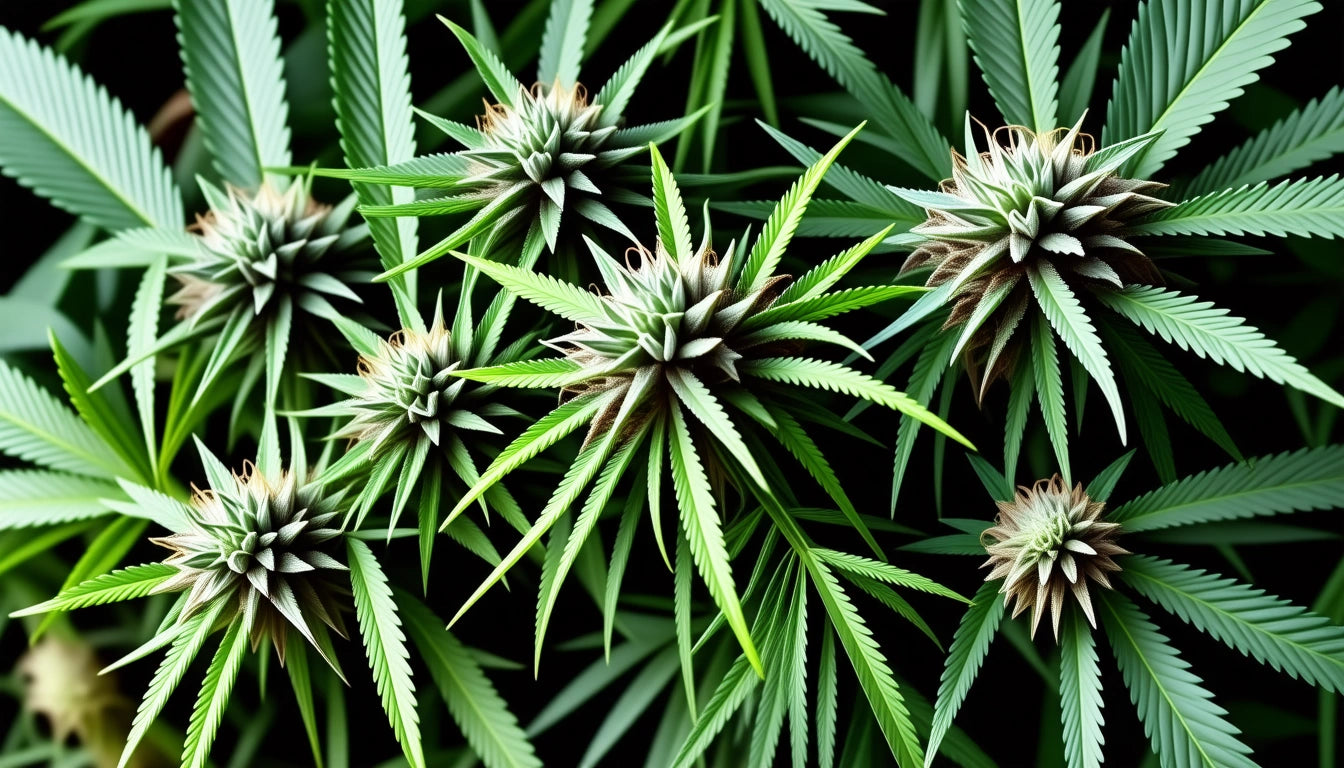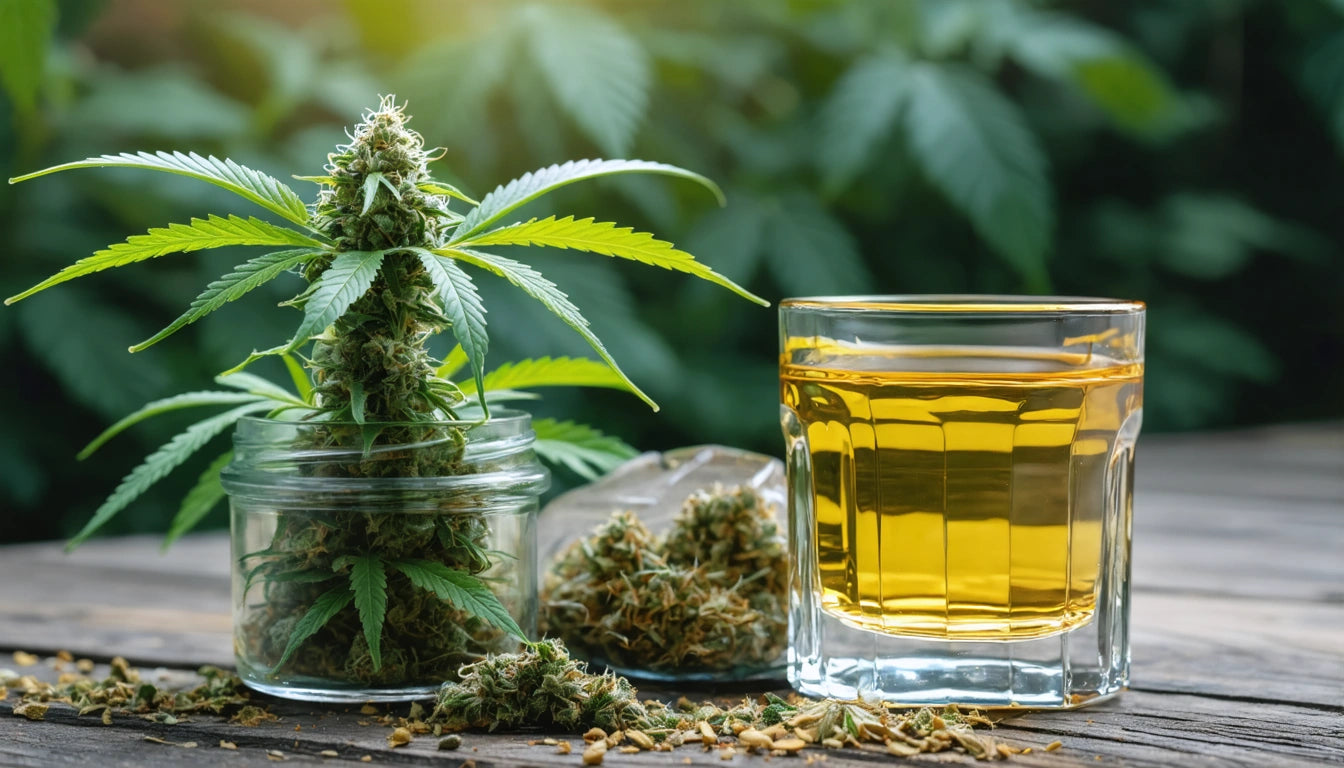Table of Contents
- Understanding the Cannabis Flowering Phase
- Essential Macronutrients for Flowering Cannabis
- Critical Micronutrients for Flowering Success
- Organic vs. Synthetic Nutrients for Flowering
- Bloom Boosters and Supplements
- Creating an Effective Feeding Schedule
- Common Nutrient Deficiencies During Flowering
- Maximizing Nutrient Delivery for Bigger Yields
Top Nutrients for Optimal Cannabis Flowering: A Guide to Boosting Bud Growth
The flowering stage is where cannabis plants transform their vegetative growth into the resinous buds prized by growers. Providing the right nutrients during this critical phase can significantly impact yield, potency, and overall quality. This comprehensive guide explores the best nutrients for flowering cannabis and how to use them effectively to maximize your harvest.
Understanding the Cannabis Flowering Phase
When cannabis plants enter the flowering stage, their nutritional needs shift dramatically. The vigorous vegetative growth slows as energy redirects toward bud production. During this transition, plants require less nitrogen and more phosphorus and potassium to support flower development.
The flowering phase typically lasts 7-9 weeks for most strains, though some may take longer. This period can be divided into early, mid, and late flowering, each with specific nutritional requirements.
Essential Macronutrients for Flowering Cannabis
Nitrogen (N)
While nitrogen requirements decrease during flowering, plants still need some to maintain healthy functions. Too much nitrogen can delay flowering and reduce bud density, while too little can cause premature yellowing of leaves.
Phosphorus (P)
Phosphorus becomes crucial during flowering as it supports energy transfer, root development, and flower formation. The best nutrients for flowering cannabis contain elevated phosphorus levels to promote robust bud development.
Potassium (K)
Potassium regulates water movement within the plant and strengthens cell walls. It enhances overall plant health, improves stress resistance, and helps develop denser, heavier buds.
Critical Micronutrients for Flowering Success
Beyond the primary NPK nutrients, several micronutrients play vital roles during the flowering stage:
- Calcium (Ca): Strengthens cell walls and supports new growth
- Magnesium (Mg): Essential for chlorophyll production and energy utilization
- Sulfur (S): Helps produce essential oils that contribute to flavor and aroma
- Zinc (Zn): Facilitates enzyme function and hormone production
- Iron (Fe): Necessary for chlorophyll synthesis and energy production
Organic vs. Synthetic Nutrients for Flowering
Organic Flowering Nutrients
The best organic nutrients for flowering cannabis include:
- Bat guano (high in phosphorus)
- Bone meal (phosphorus and calcium)
- Worm castings (balanced nutrition and beneficial microbes)
- Fish hydrolysate (amino acids and micronutrients)
- Kelp extract (plant hormones and micronutrients)
Organic nutrients feed the soil microbiome, which then makes nutrients available to plants. This creates a buffer against nutrient burn but may work more slowly than synthetic options.
Synthetic Flowering Nutrients
Synthetic nutrients provide immediately available nutrition in precise ratios. Popular options include:
- Fox Farm Tiger Bloom
- Advanced Nutrients Bloom
- General Hydroponics Flora Bloom
- House & Garden Bud XL
These formulations offer consistent results and are especially suitable for hydroponic systems where optimal nutrient delivery is critical for success.
Bloom Boosters and Supplements
Bloom boosters are specialized supplements designed to enhance flower production during mid to late flowering. These products typically contain:
- High phosphorus and potassium ratios
- Carbohydrates to fuel bud development
- Beneficial bacteria and fungi
- Plant hormones that stimulate flowering
Popular bloom boosters include products like Big Bud, Overdrive, and Bud Candy, which can significantly increase yield when used correctly.
Creating an Effective Feeding Schedule
A well-planned feeding schedule ensures your plants receive the right nutrients at the right time:
- Early Flowering (Weeks 1-3): Transition from vegetative to bloom nutrients with a 1-2-2 NPK ratio
- Mid Flowering (Weeks 3-6): Increase phosphorus and potassium with a 0-3-2 ratio and add bloom boosters
- Late Flowering (Weeks 6-9): Reduce nitrogen further and focus on ripening enhancers
- Final Flush (Last 1-2 Weeks): Use plain water to remove excess nutrients from buds
Always follow manufacturer guidelines for dosage, as the best nutrients for flowering weed can vary in concentration and potency.
Common Nutrient Deficiencies During Flowering
Recognizing and addressing nutrient deficiencies quickly is essential for maintaining healthy plants:
- Phosphorus Deficiency: Dark green leaves with purple stems and slow bud development
- Potassium Deficiency: Yellow leaf edges, brown spots, and weak stems
- Calcium Deficiency: New growth distortion and brown spotting
- Magnesium Deficiency: Interveinal chlorosis (yellowing between leaf veins)
Regular monitoring and timely adjustments to your feeding program can prevent these issues from affecting your harvest.
Maximizing Nutrient Delivery for Bigger Yields
Beyond choosing the right nutrients, proper delivery methods significantly impact effectiveness. For commercial operations, professional filling and dispensing equipment ensures precise nutrient application at scale, minimizing waste and maximizing absorption.
Additional strategies to optimize nutrient uptake include:
- Maintaining proper pH (6.0-6.5 for soil, 5.5-6.0 for hydroponic systems)
- Using beneficial microbes to enhance nutrient availability
- Implementing foliar feeding for quick correction of deficiencies
- Monitoring electrical conductivity (EC) to prevent over-fertilization
- Ensuring proper temperature range (65-80 °F) for optimal root function
By combining quality nutrients with proper application techniques, growers can achieve the dense, resinous buds that characterize a successful harvest. Remember that each strain may respond differently to nutrient programs, so observation and adaptation remain key components of effective cannabis cultivation.











Leave a comment
All comments are moderated before being published.
This site is protected by hCaptcha and the hCaptcha Privacy Policy and Terms of Service apply.